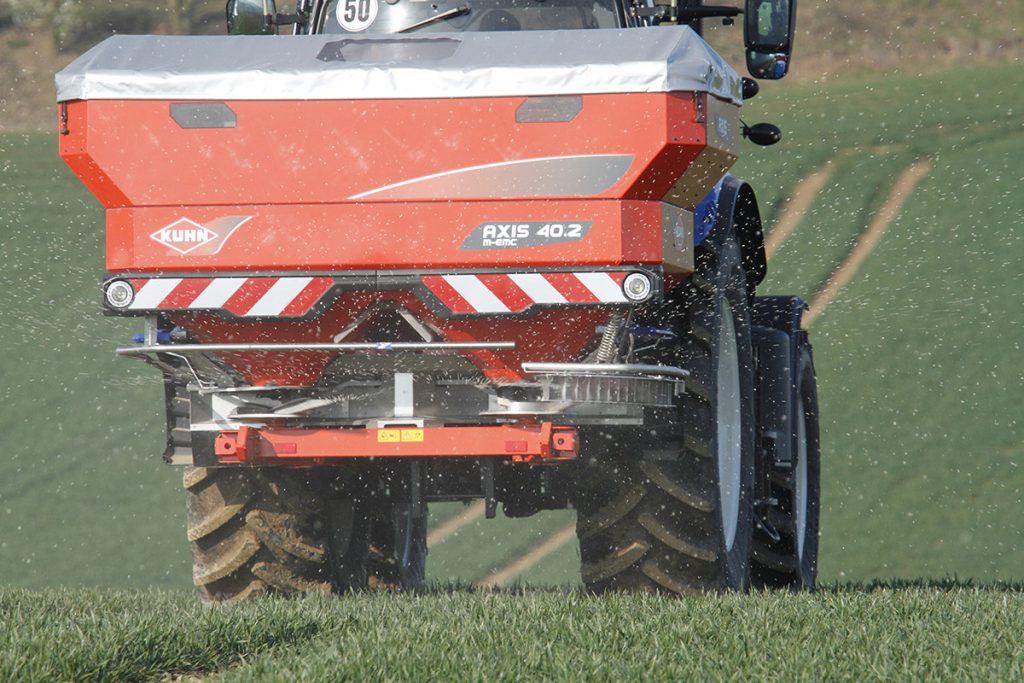New research suggests the salt index measurement of fertiliser toxicity may be misleading and hindering establishment and early crop performance

Growers are encouraged to consider the type of fertiliser applied and its separation from the seed when they sow their crops to avoid fertiliser toxicity that may hinder establishment and early crop performance.
This advice is one of several tactics growers can take to reduce the likelihood of fertiliser toxicity occurring.
Some fertilisers are more damaging than others, with current advice largely based on the ‘fertiliser salt index’ first developed in the 1940s.
University of Adelaide PhD student Jacinta Dockerill is challenging the salt index approach which relates a fertiliser’s toxicity risk with its impact on salinity measured in a laboratory.
Ms Dockerill, whose studies have been supported through a Grains Research and Development Corporation (GRDC) Research Scholarship, discusses her Honours thesis experiments and ongoing research in a GRDC podcast available.

“For instance, urea has a salt index of 75, which is lower than sodium nitrate with a salt index of 100. That tells us urea should be less toxic than sodium nitrate, but we found that urea was actually our most toxic fertiliser in the experiment.
Ms Dockerill said sulphate of ammonia also had a larger, more toxic effect than expected based on its salt index.
“With urea and sulphate of ammonia fertilisers we saw a response that suggested ammonia was adding to their toxicity,” she said.
“We found that with both of those treatments, the toxic response was quite large and readily reduced canola establishment and early growth.
“Through our work, we are also trying to predict a response from a number of soil and crop factors that influence toxicity and hope to take away the guesswork for growers so they can reduce potential crop losses.”
Recommended approaches to avoid fertiliser toxicity are outlined in the GRDC Fertiliser Toxicity Fact Sheet.















